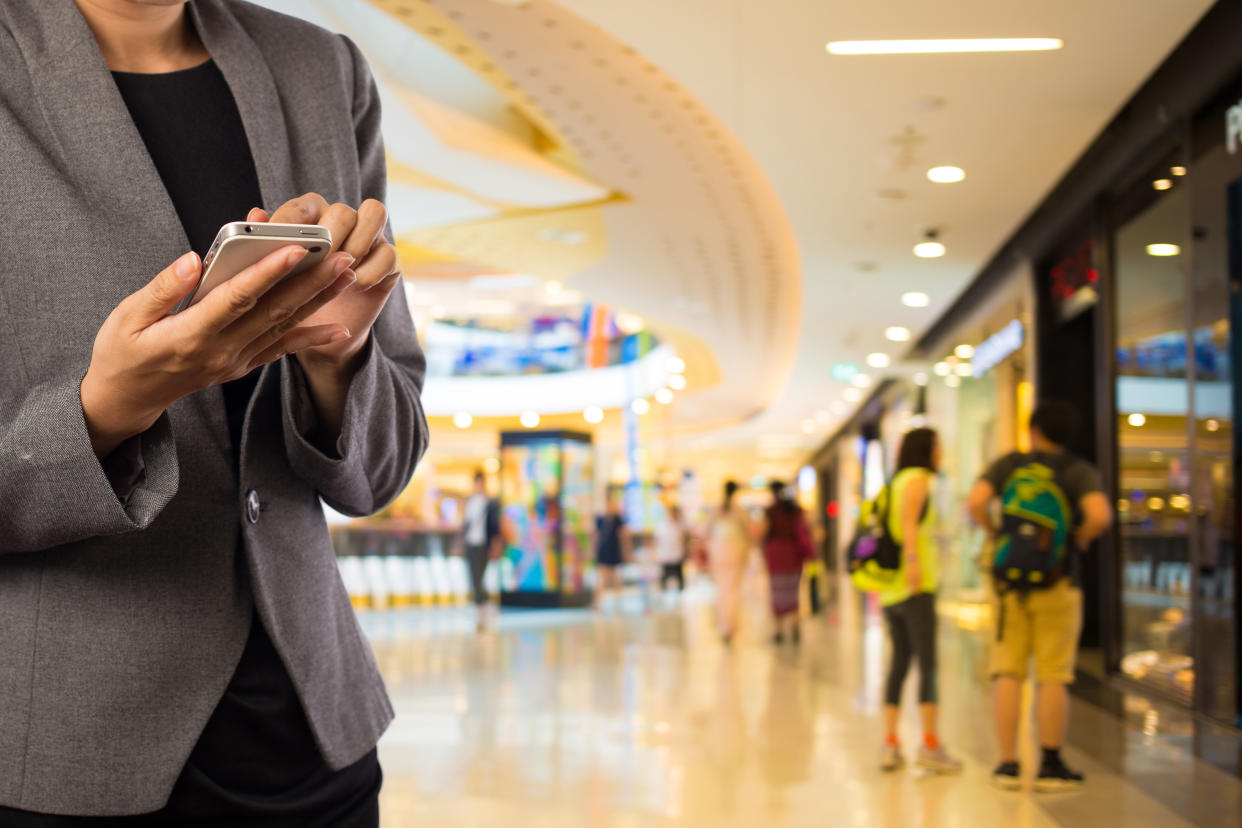It’s All About Fit: Foursquare Shares Recipe for Mall-Based Retail Success

As retailers, brands and real estate operators struggle to imagine the “mall of the future,” current data from Foursquare revealed what it takes to succeed today, which is “categorical fit.”
That’s the term Felix Puetsch and Mike Schoppmann, head of analytics and manager of analytics at Foursquare, respectively, came up with after analyzing 1,000 malls in its database. In their report, “Surviving the Retail Apocalypse: Foursquare’s How-to Guide for Designing the Mall of the Future,” the analysts noted that despite headlines touting the death of malls amid retail’s doomsday, there are “counterpoints of what is actually thriving: more ‘experiential’ specialty retailers and entertainment, for example.”
One thing is clear from the data: hobby, game, toy and music stores don’t drive foot traffic. And while inconclusive, the data suggests that apparel retailing is a category that must be carefully examined — if driving traffic is the goal.
The data specialists said the company has a “more holistic picture” of consumer shopping trends and patterns “because we have the unique vantage of being able to observe the footfall patterns of millions of Americans as they visit all kinds of places throughout their day.” That includes culling data between different malls as well as the shops inside malls.
After studying the data, Puetsch and Schoppmann found the “most significant factor in the success or failure of a new retail location opening — whether it’s a Warby Parker or a wellness center — is what we’re calling ‘categorical fit.’ The trick to save a mall is opening venues that lure people in by complementing the existing ecosystem.”
The pair said they have examined mall with stores that opened in 2016 “and followed foot traffic trends over the next four quarters while correcting for seasonality. This approach allowed us to compare venues that opened in different quarters.”
But the analysts quickly added a caveat: “While we found meaningful statistical correlations, we know that that doesn’t necessarily indicate causation,” they said. “Do arcades drive more traffic to malls? Or are arcade operators just good in picking malls growing in popularity? Perhaps there was an underlying third cause.”
Either way, the Foursquare analysts were able to come up with several detailed tips and strategies to help retailers and brands succeed in today’s evolving retail landscape. Here are just two:
Invest in the right secret weapons
The Foursquare researchers said adding “the right retailer or experience can boost the whole mall, but it has to be a ‘fit’ for the mall context.” This assessment surfaced after the analysts classified the malls into three categories: high-end, mid-range and budget.
“The same store categories — for example, apparel shops, department stores, electronics stores — perform in different ways depending on the class of the mall in which they open,” the analysts said in their report. “At mid-range malls, bars — especially sports bars, movie theaters and arcades — most notably Dave & Busters — correlate with more visitors. For example, alongside the opening of the sports bar/bistro Hy-Vee Market Grille at College Square Mall in Cedar Falls, Iowa, we saw foot traffic to the mall nearly double.”
Puetsch and Schoppmann said it was different for high-end, luxury shopping centers. “High-end malls get halo effects from venues like art galleries, activewear shops and salons/barber shops,” they noted. “Additionally, brands that offer compelling in-store experiences are successfully attracting more visitors; examples of these include Peloton, Lululemon and Warby Parker. For example, following the Warby Parker opening at the Domain Northside in Austin, Tex., the mall saw around 15 percent foot traffic growth in the following four quarters.”
With budget or low-end malls, gym and fitness were the shopper magnets. “We know that Planet Fitness is doing well overall — as we noted after spotting early indicators of success through a 2017 Foursquare report — and we see the brand is performing well for low-end malls, too,” the analysts said. “One example: The fall 2016 opening of a Planet Fitness at Greenbriar Mall in Atlanta helped to drive a more than 10 percent increase for the entire mall footprint.”
The role of apparel stores and hobby shops
The Foursquare analysis noted that there are some retail segments “that universally correlate with lower foot traffic once opened.” The researchers identified these to be video game shops, toy/game stores, comic book stores, music stores and arts-and-crafts retailers.
“This may be because these categories are more affected by e-commerce, with less need to test items out in person or try them on,” the authors of the report said. “We also see that mobile phone shops have a negative effect — even though mobile phone purchase and subscription overwhelmingly remains in person at stores. These categories may not add to the ambience of the mall in various ways that are hard to define.”
And when it comes to apparel, the data is inconclusive. “For some malls, they are the right fit and correlate with higher visitor numbers, for others, it’s the opposite. It’s safe to say that these categories as a whole are not ‘sure winners’ in any mall type, and it depends on the local situation.”
Related stories
How David's Bridal Boosted Mobile Site Visitation Time
Khosla Ventures Invests in Body Scan Technology in Apparel
Chargeurs Fashion Technologies Makes First U.S. Acquisition
Get more from WWD: Follow us on Twitter, Facebook, Newsletter

